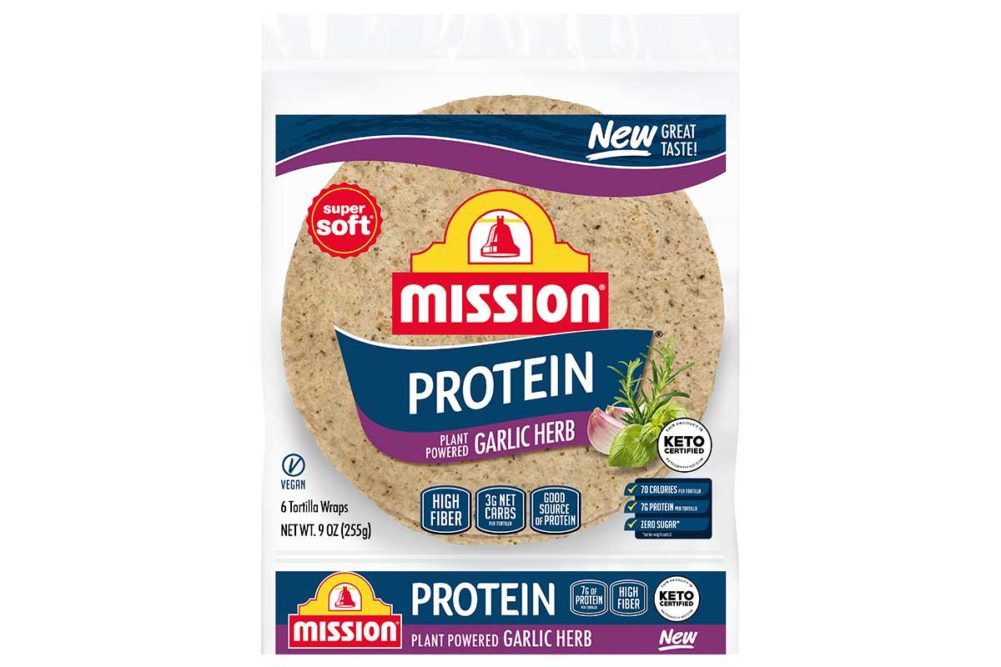Now that plant-based alternatives to meat and dairy have been well-established in the marketplace, incorporating plant proteins into baked foods is where the action will be in 2023.
“Looking around the grocery store, the ubiquity of plant-based products is apparent, but are consumers satisfied?” asked Cali Amos, director of consumer insights, HealthFocus International. “Even among the ‘primarily plant’ group — those consumers who never use animal-based products or only use dairy and/or eggs — they are falling short. Only half of plant loyalists say plant-based products [alternatives] are healthier, and even fewer believe they are more sustainable.”
This presents an opportunity for adding plant proteins to baked foods. It’s a familiar format with extra nutrition.
The global plant-based protein market was estimated at $12.2 billion in 2022 by MarketsandMarkets. It is forecast to generate a compound annual growth rate of 7.3% between 2022 and 2027, reaching $17.4 billion.
“Consumer interest in protein fortification shows no sign of slowing, a reality that’s already driving product innovation,” said Courtney LeDrew, marketing manager, Cargill. “In 2021, 1 in 5 bakery launches touted a protein claim. As interest in plant-based eating, protein fortification and keto-friendly formulation continues to grow, it will bring even more entrants to the high-protein bakery space.”
Reducing carbohydrates is the top reason consumers give for cutting back on baked foods consumption, according to Mintel. Most grain-based products are not known for being a substantial source of protein. Boosting their protein content may keep consumers in the category and attract new ones. Further, gluten-free baked foods tend to lack other nutrients, such as fiber, vitamins and minerals. For those baked foods that are inherently vegan — and want to remain that way — protein fortification with dairy and eggs is not an option. Enter plant proteins.
“Protein fortification is most commonly seen in bar applications, where the serving size across the industry can vary, allowing products to more easily provide a good source of protein for consumers looking for convenient, boosted nutrition,” said Stephanie Doan, manager of product innovation, Blue Diamond Global Ingredients Division. “Protein-rich ingredients can also be incorporated into muffins, pancakes and cookies for an enriched treat. These applications allow for higher amounts of protein, as the formulation can be adjusted with more water and fat to create a texture that meets consumer expectations.”

